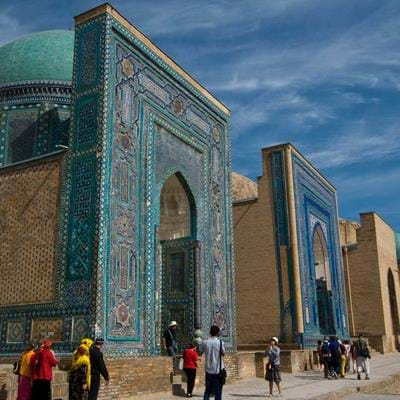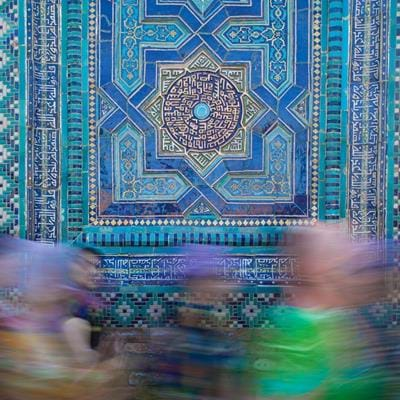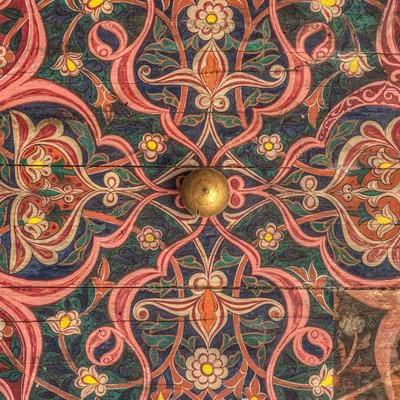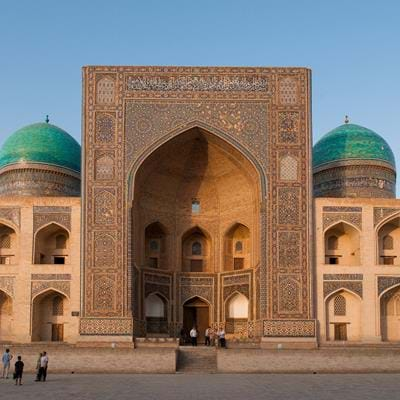Uzbekistan 07.11.2019 Amrit Singh
A great wealth of artistic traditions survives in modern-day Uzbekistan, a legacy of the country’s pivotal position on the old Silk Road. For many centuries, caravans of traders would cross the region’s deserts en route to the Black Sea, using the oases dotted along Uzbekistan’s main river, the Oxus, as stepping stones.
This trade fuelled the rise of the Sogdian kingdom and later attracted invaders from all directions – notably Persians and Macedonians – before Genghis Khan decimated the region in 1220. Not until the reign of Amir Timur two centuries later did the markets of Samarkand, Bukhara and Khiva revive.
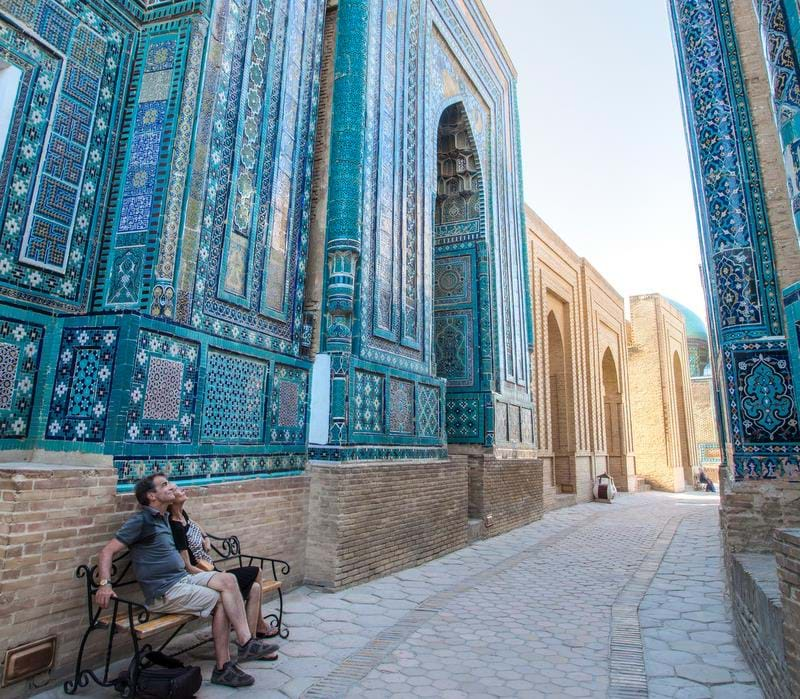
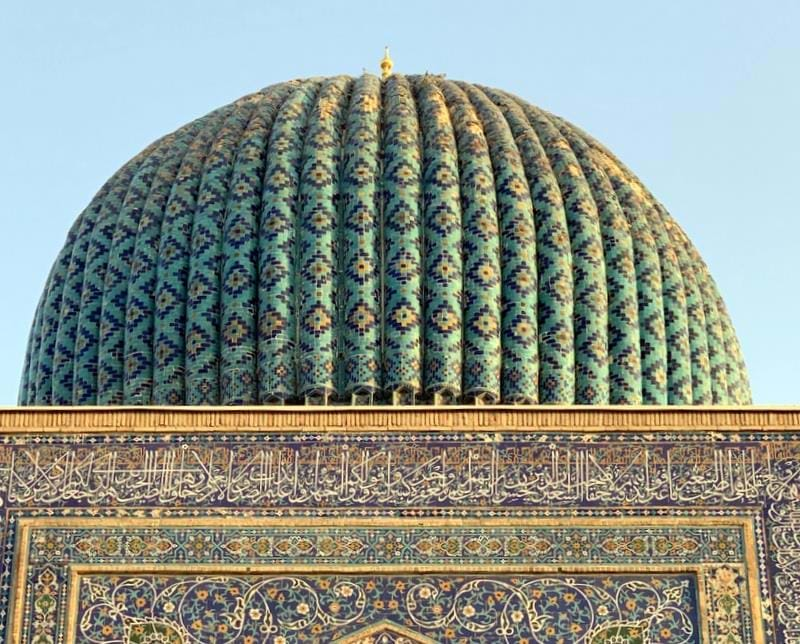
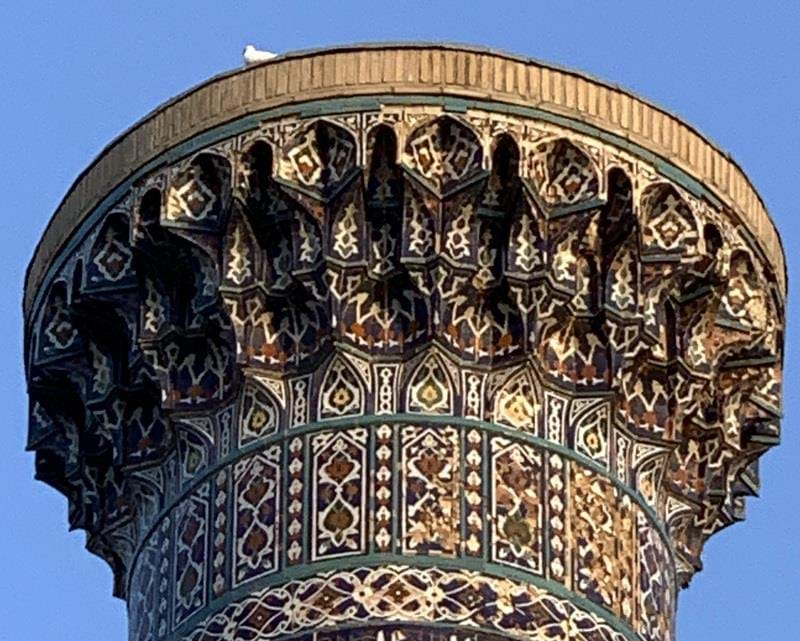
The Timurid era was Central Asia’s ‘Golden Age’. Timur’s court became a centre of learning and artistic innovation: architects and craftspeople were brought back to Samarkand from across his the Empire to work on the magnificent buildings he built in his capital which have been restored beautifully in recent years and rank among the great wonders of the Islamic world.
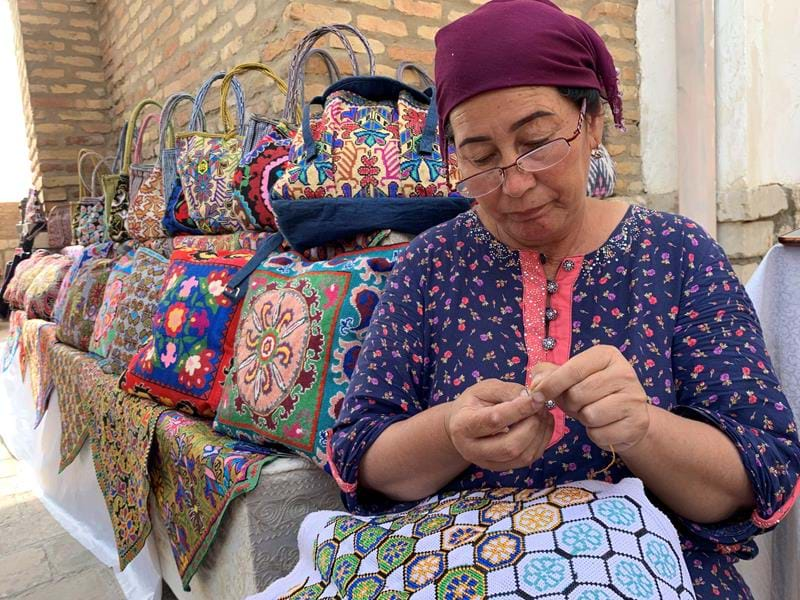
But the surviving monuments are only a part of the Timurid legacy. Wander through the bazaars of the region’s cities and you’ll discover descendants of the old artisans still hard at work, embroidering suzanis for wedding trousseaux, weaving kilims for the walls of five-star hotels and forging fine knives for export to the Gulf States.
For me, however, it’s Uzbekistan’s dazzling ceramics that are the most inspirational and I love visiting the pottery workshops of the country.
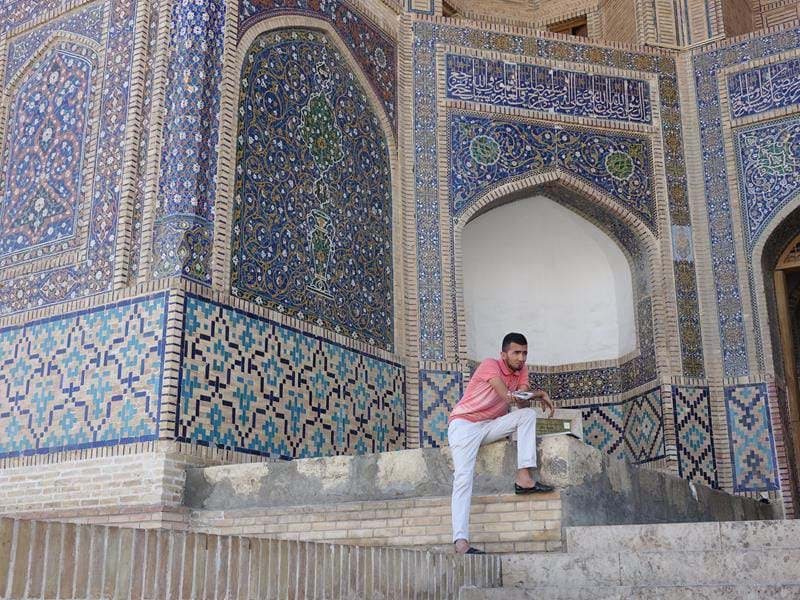
The great inspiration of Timurid ceramics was the need for coloured tiles to decorate the facades of the empire’s mosques, tombs and madrasas. Over time, each region developed its own particular style and our tours visit two representatives of the most distinctive schools, the first just north of Bukhara in Gijduvon.
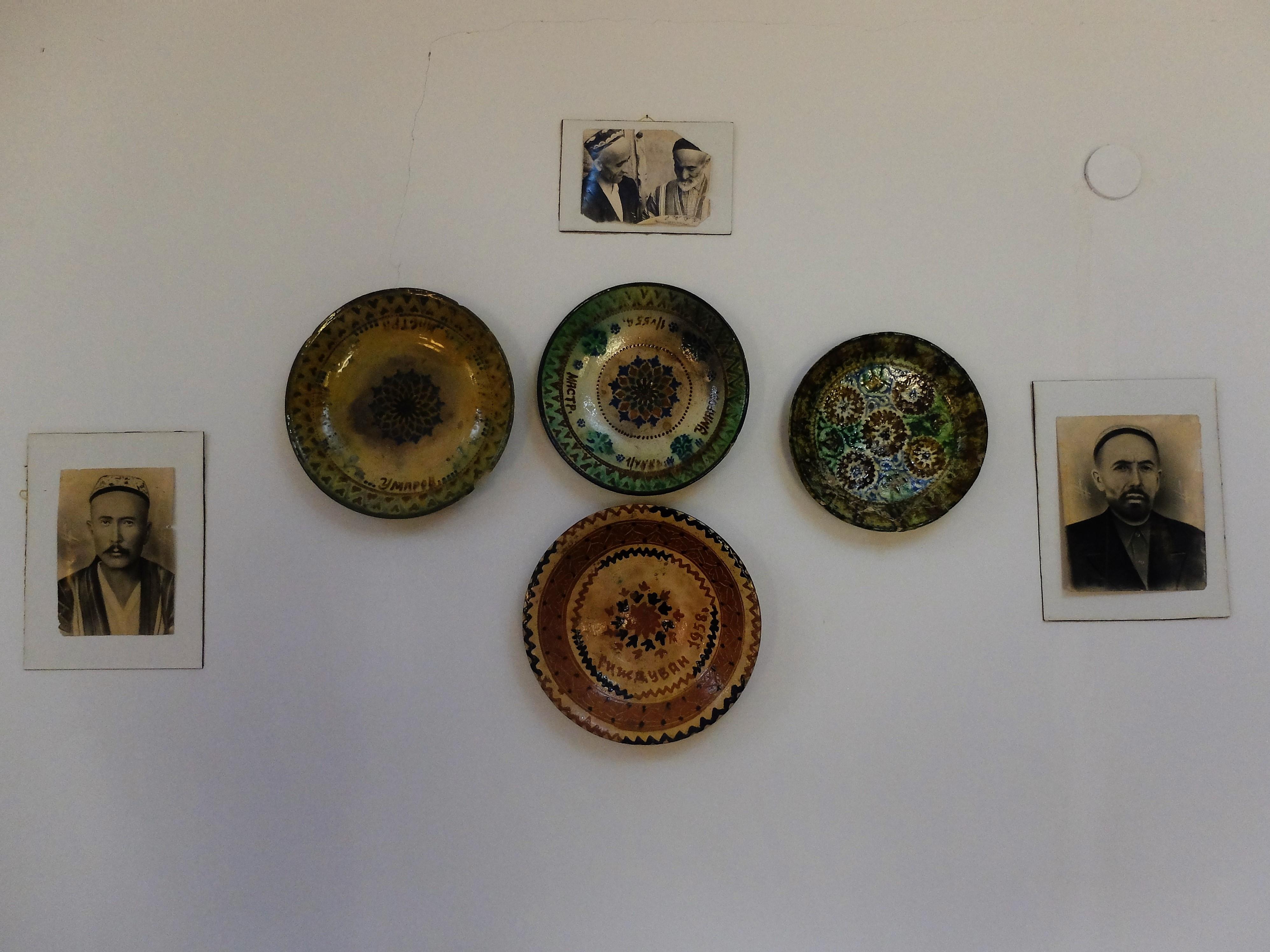
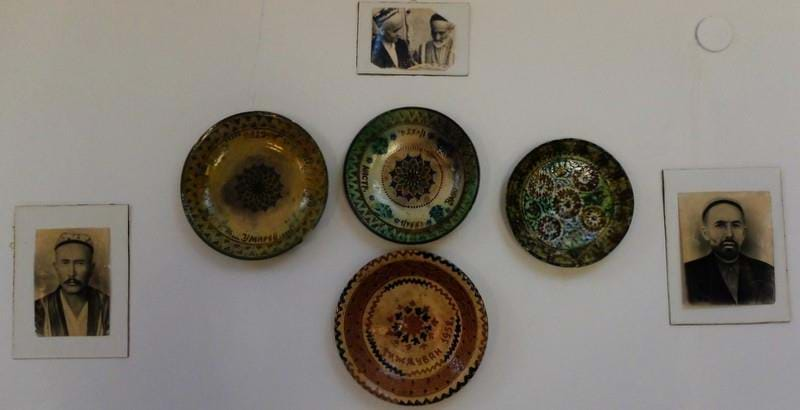
The most acclaimed potters in this area, the Narzulaev family, have been creating high-quality wares for seven generations, and today’s uses exactly the same materials and methods as their forebears to create glazed pots and plates in luminous, earthy colours.
“The precise recipe of the clay, mineral paints and glazes have never been written down” says Olimjon, the master potter. “The men working here spend fifteen years learning how to throw, make the glazes, using sand, glass, minerals and plants gathered in the surrounding desert, which they grind and apply before firing.”
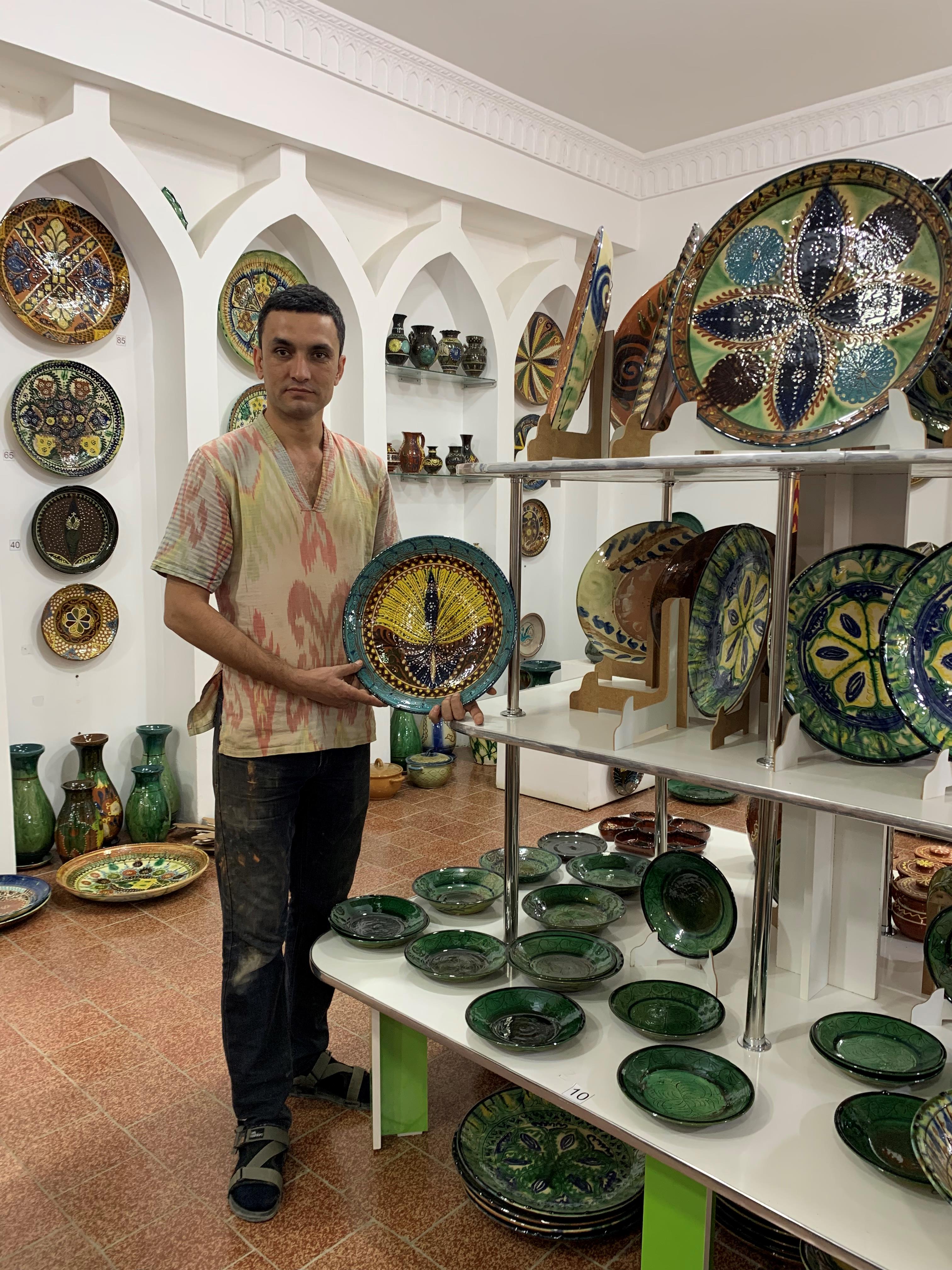
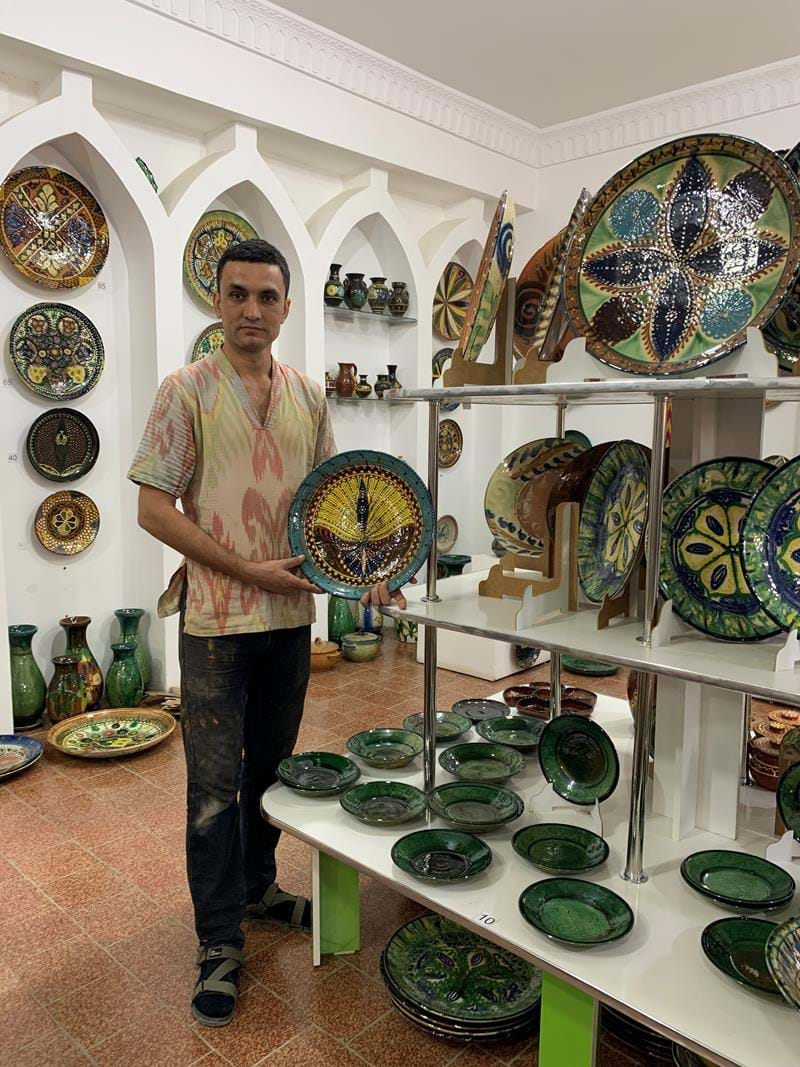
As he walks us to the far side of the courtyard we see racks of plates, bowls, and water jugs being stacked inside the subterranean kiln, still fired by wood. “We never know quite what the final result will be” he admits. “Much depends on the moisture in the air, the speed of drying, the temperature of the oven and the time it takes to cool. So when we remove the items it is always with the name of Allah on our lips and the trepidation of giving birth to a child” he says with a twinkle of humour in his eyes. “This is truly our labour of love and our hope is that it will please people throughout the world, as it has always done”.
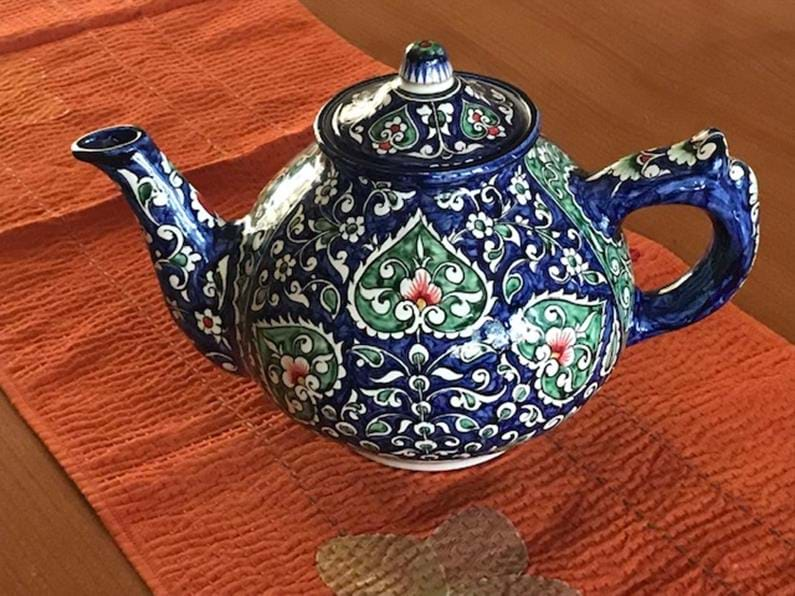
Over in the far east corner of the country, the town of Rishtan, in the Fergana Valley, is the bastion of a different style of ceramics, dominated by vibrant blues. “We collect all the colours of the sky to decorate our tableware”, explains Alisher Nazirov. One of only a handful of master Risthan potters to have survived the Soviet era, Alisher started learning his craft at the age of twelve, refining it during a study tour in Japan before returning to his homeland to train a new generation. “Our secret is the famous ‘ishkor’ glaze,” he says, emphasizing the point with a raised, clay-stained finger. “It comes from a special plant which we collect in the autumn, then burn to ash before adding to the other ingredients.”
Rishtan lay slap on the old Silk Road and it is thought that the region’s trademark blue glazes were originally created here, in an attempt to emulate the blue-and-white porcelain being traded through the region from China.
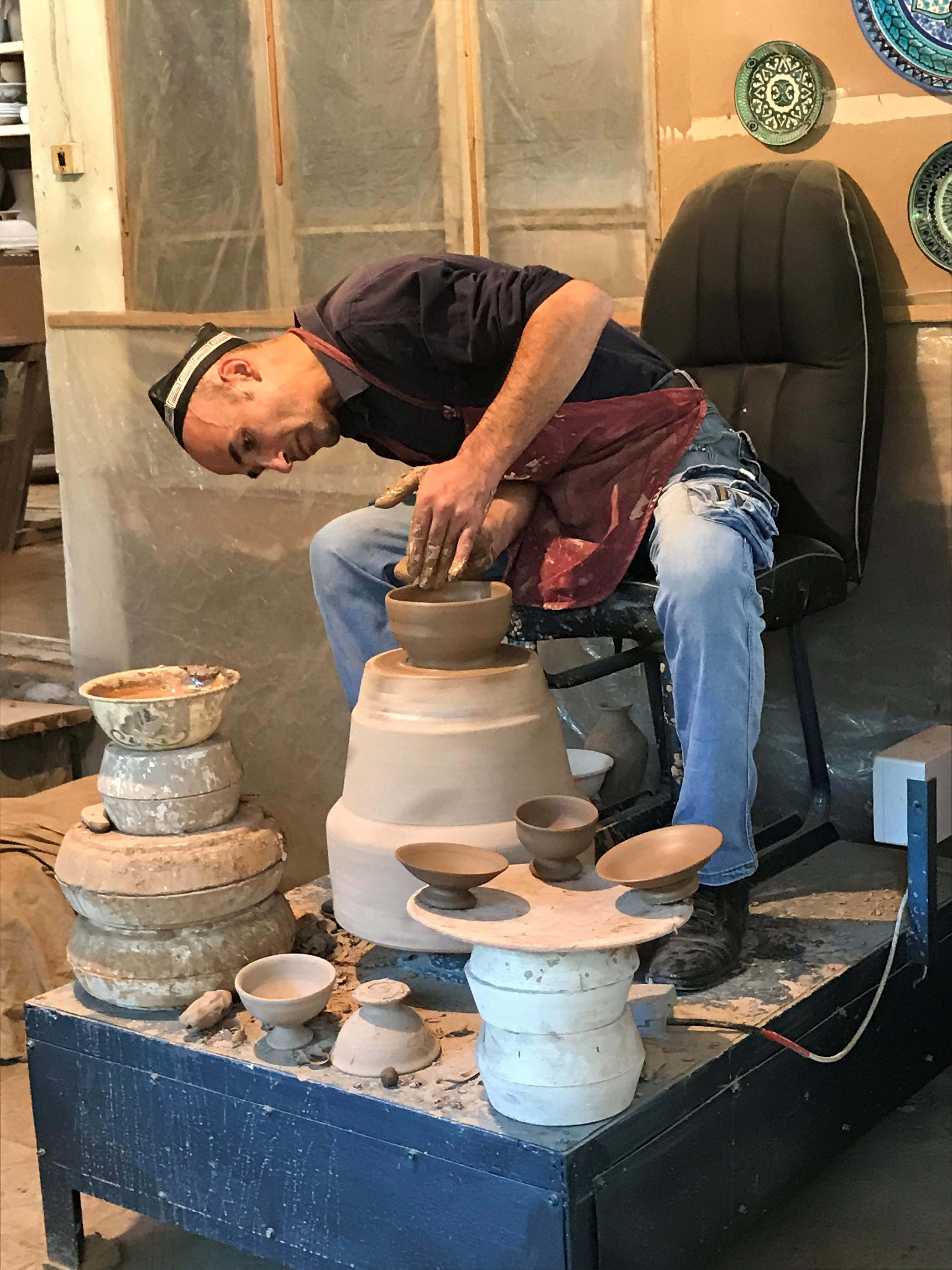
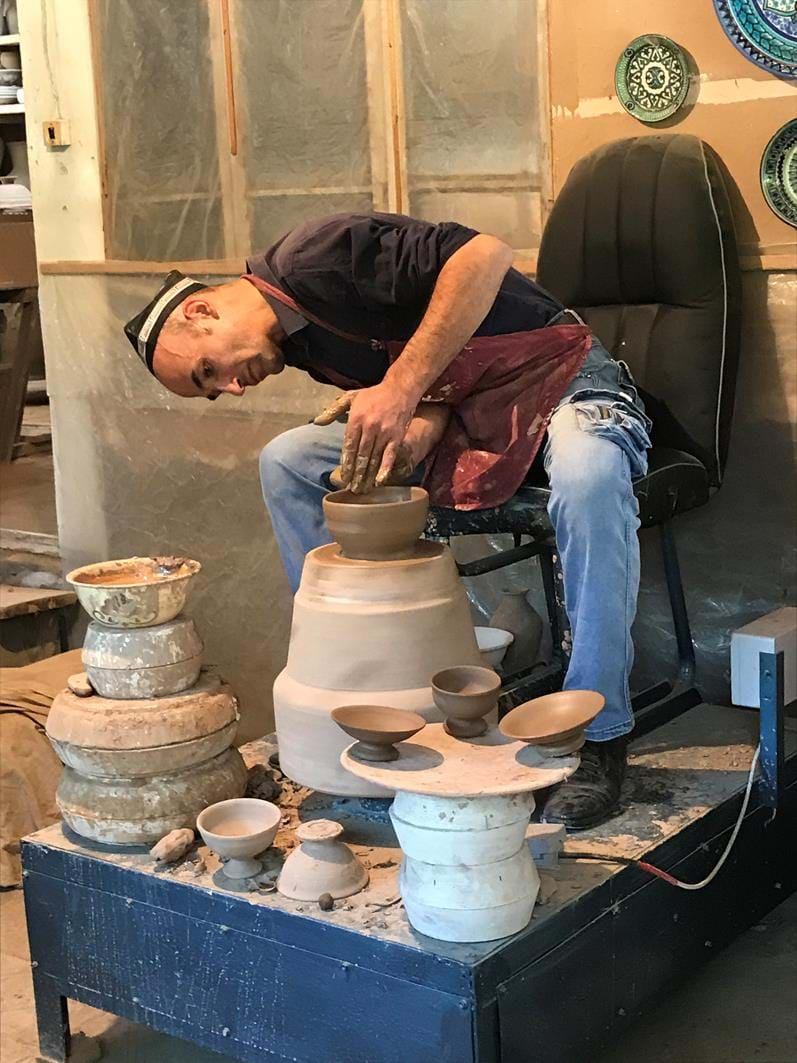
Hard at work in Alisher’s pottery is a team of young workers, crafting, painting, glazing and firing wonderful plates and pots. “These are as strong as they are beautiful!” Alisher assures me – something I can vouch for, having transported my indulgent purchases home all in one piece.
Our 11-day group tour 'Uzbekistan discovery' departs 21 March 2019 - Contact Gary, our lead Central Asia specialist, to book your place or plan a tailor-made extension to the beautiful Fergana Valley.
